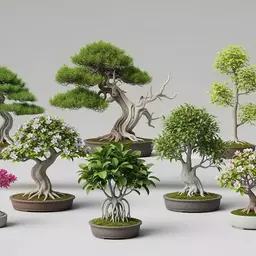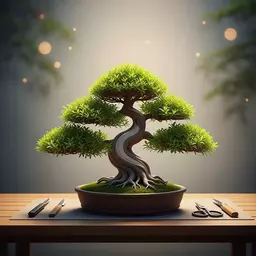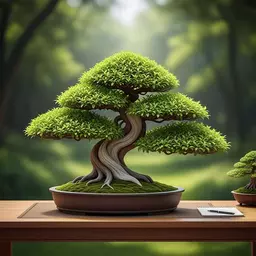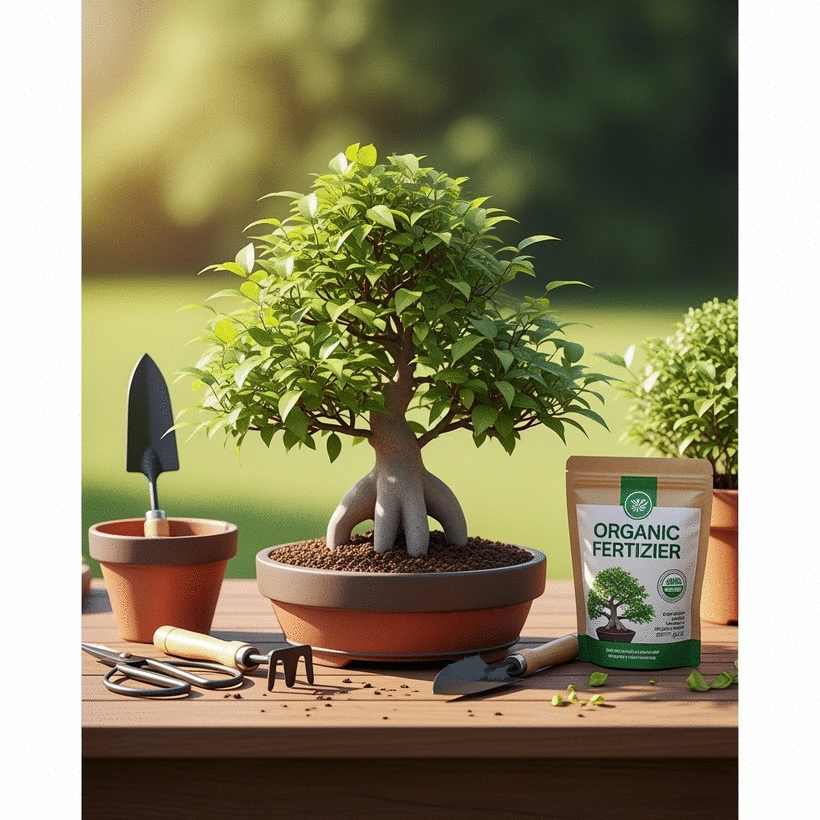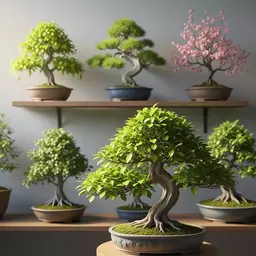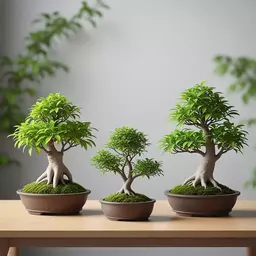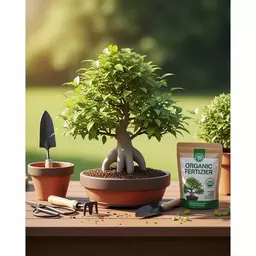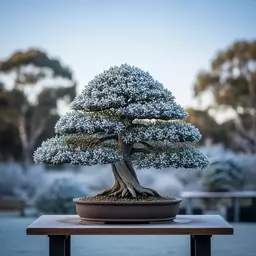Identifying Your Bonsai Tree Species
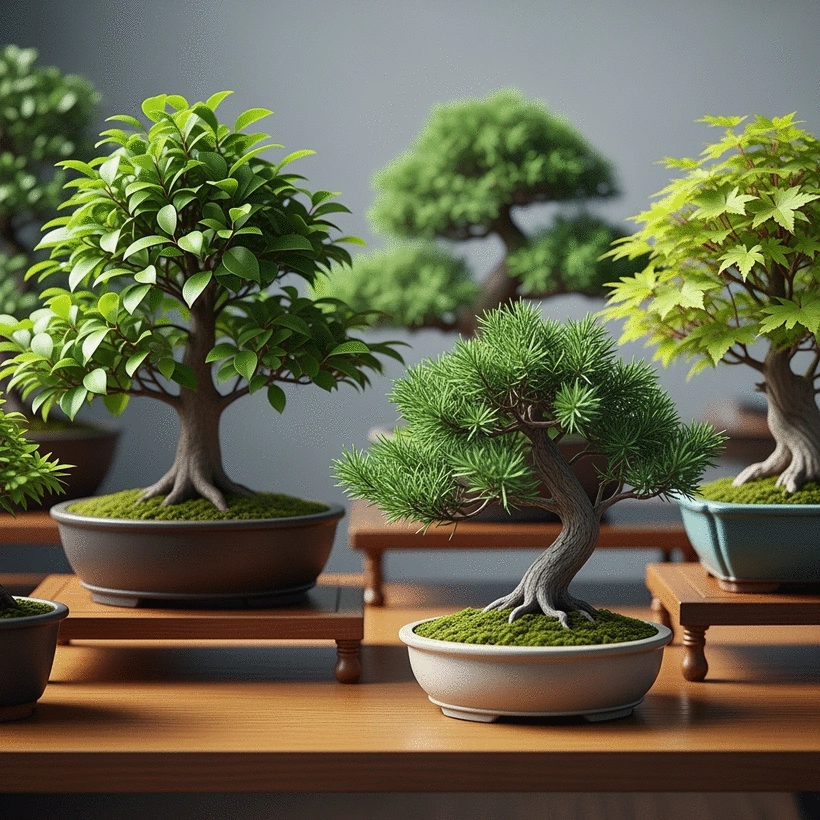
Have you ever gazed at a bonsai tree and wondered what secrets its leaves and branches hold? Unlocking the mysteries of bonsai identification not only enhances your care routine but deepens your connection with these living works of art.
What You Will Learn
- Identifying your bonsai tree species is essential for providing tailored care specific to its needs.
- Visual identification techniques, such as assessing leaf shape and bark texture, simplify the identification process.
- Recognizing growth patterns and seasonal changes aids in understanding and nurturing your bonsai.
- Utilizing visual guides and tools can enhance your learning experience and improve your identification skills.
Bonsai Tree Identification Process
This visual guide outlines the key steps and considerations for identifying your bonsai tree species, focusing on visual characteristics and practical techniques. For those just starting, our bonsai care guide for beginners offers a great foundation.
1. Assess Leaf Shape & Texture
- • Needle-like (Pine, Juniper)
- • Broadleaf (Ficus, Maple)
- • Compound (Chinese Elm)
- • Texture: Smooth, Rugged, Waxy
2. Examine Bark & Growth Patterns
- • Bark Characteristics: Color, Peeling, Fissures
- • Growth Habits: Upright, Sprawling, Cascading
- • Consider Seasonal Changes
3. Utilize Visual Guides & Tools
- • Create an Identification Flowchart
- • Explore Online Resources & Apps
- • Consult Bonsai Species Books
- • Join Online Forums & Social Groups
4. Engage with Community & Experts
- • Connect with Seasoned Practitioners
- • Attend Local Bonsai Events & Workshops
- • Participate in Exhibitions & Shows
- • Share Your Identification Journey
Understanding Bonsai Tree Identification
Welcome to the fascinating world of bonsai cultivation! At Shire Bonsai, I often hear from fellow enthusiasts about the challenges they face when it comes to identifying their bonsai tree species. Understanding your bonsai tree isn’t just a matter of curiosity; it’s a crucial step to ensuring its health and longevity. By identifying the species accurately, you can tailor your care techniques and nurture your tree effectively, fostering a deeper connection with your miniature masterpiece.
So, why does this identification matter so much? Different species have unique needs regarding watering, lighting, and pruning practices. When you know the specific requirements of your bonsai, you can create an environment where it can thrive. Whether you’re a beginner or a seasoned expert, recognizing the various tree species enhances your bonsai journey and enriches your appreciation for this ancient art.
Why Identifying Your Bonsai Tree Species Matters
Identifying your bonsai tree species is essential for various reasons:
- Tailored Care: Each species has specific requirements that can significantly impact its health.
- Preventive Measures: Knowing your tree helps you identify potential issues before they escalate.
- Enhancing Aesthetics: Understanding the natural growth patterns allows for better styling and shaping.
Having a clear understanding of your bonsai species helps you become a more informed caretaker. When I first started my bonsai journey, I realized that each tree has its own personality! And recognizing these personalities helps you connect with your plants on a deeper level. To keep your bonsai healthy, especially in the Australian climate, refer to our comprehensive bonsai care guide for Australians.
The Importance of Visual Identification Techniques
Visual identification techniques are invaluable tools in your bonsai cultivation toolkit. By observing specific features such as leaf shape, bark texture, and growth patterns, you can confidently narrow down the species of your bonsai. This not only saves you time but also enhances your learning experience.
- Leaf Features: Different bonsai species exhibit unique leaf shapes, sizes, and colors.
- Bark Characteristics: Observing the bark texture can reveal a lot about the tree's identity.
- Growth Habits: Understanding how a species typically grows can guide your pruning and styling efforts.
As you practice these visual techniques, you’ll find that they become second nature. Each observation will deepen your appreciation for the artistry involved in bonsai cultivation!
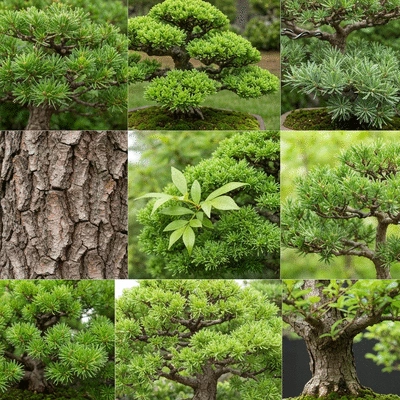
Step-by-Step Visual Identification Process
Let’s dive into the step-by-step process of visually identifying your bonsai tree species. This method will give you the confidence you need to distinguish between different types of bonsai effectively!
Assessing Leaf Shape and Texture
The first step involves examining the leaves of your bonsai. Leaf shape and texture are often the most noticeable characteristics that can help with identification. Each species boasts distinctive leaves that can vary greatly in appearance.
Common Leaf Shapes: What to Look For
As you assess your bonsai's leaves, keep an eye out for these common shapes:
- Needle-like: Found in coniferous species like Pine and Juniper.
- Broadleaf: Common in deciduous trees such as Ficus and Maple.
- Compound Leaves: Seen in species like the Chinese Elm, which has multiple leaflets.
Recognizing these leaf shapes will enable you to categorize your bonsai more effectively. It’s like piecing together a puzzle of nature!
Distinguishing Characteristics of Leaf Texture
Leaf texture can also provide insight into your bonsai's species. Pay attention to whether the leaves are:
- Smooth: Often found in Ficus trees.
- Rugged: Typically seen in Junipers.
- Waxy: Common in some species like Zelkova.
Each of these textures can help you zero in on the right species, making your bonsai identification journey a rewarding experience!
Examining Bark Texture and Growth Patterns
Next, let’s turn our attention to the bark texture and growth patterns of your bonsai. These characteristics can tell you a lot about the tree’s identity and health.
Identifying Key Bark Characteristics
Bark can vary significantly from one species to another. Look for features such as:
- Color: Some trees have light, smooth bark, while others may display dark, rough surfaces.
- Peeling: Trees like the Paperbark Maple exhibit unique peeling patterns.
- Fissures: Noticeable cracks can often signify age or stress in the tree.
By understanding these characteristics, you’ll be better equipped to identify your bonsai and monitor its health!
Understanding Growth Habits: How They Vary by Species
Growth patterns can also be indicative of the species. Some trees grow upright, while others might have a more sprawling or cascading form. Familiarizing yourself with these patterns will aid your identification process and help you strategize for shaping your bonsai.
Seasonal Changes in Bark and Leaf Appearance
Don’t forget to consider how your bonsai changes with the seasons! During spring, for instance, you might notice fresh leaves that differ in color and texture from those in fall. This awareness can be crucial for accurate identification throughout the year.
Utilizing Visual Guides and Tools
Finally, let’s explore how visual guides and tools can enhance your identification journey. Utilizing these resources can make the process more enjoyable and effective.
Creating Your Own Visual Identification Flowchart
One fantastic way to identify your bonsai is by creating a visual flowchart. Start with broad characteristics like leaf shape, then branch out to specific traits. This personalized guide will serve as a go-to resource whenever you need to identify a new bonsai!
Exploring Online Resources and Interactive Tools
There are numerous online resources available for bonsai identification. Websites and apps often provide interactive guides that allow you to upload images and receive feedback on your species. This technology can be a game-changer for those uncertain about their trees!
Recommended Visual Guides for Bonsai Identification
Lastly, I highly recommend checking out the following visual guides:
- Bonsai Species Identification Books: Comprehensive guides with images for reference.
- Online Forums: Communities where enthusiasts share knowledge and images.
- Social Media Groups: Platforms like Instagram and Facebook have groups dedicated to bonsai enthusiasts.
These resources can enrich your understanding and help you connect with others who share your passion! To further enhance your skills, consider learning about bonsai pruning techniques for beginners.
Pro Tip
When identifying your bonsai tree species, consider taking clear photographs of its leaves, bark, and overall structure. This visual documentation will not only aid in identification but also serve as a valuable reference for future care and styling decisions. Plus, sharing these images with the bonsai community can lead to insightful feedback and support!
Frequently Asked Questions About Bonsai Identification
Why is it important to identify my bonsai tree species?
Identifying your bonsai species is crucial for providing tailored care specific to its needs, such as watering, lighting, and pruning. This ensures the health, longevity, and aesthetic appeal of your miniature tree.
What are the primary visual characteristics to look for when identifying a bonsai?
Key visual characteristics include leaf shape (needle-like, broadleaf, compound) and texture (smooth, rugged, waxy), as well as bark characteristics (color, peeling, fissures) and overall growth patterns (upright, sprawling, cascading).
Can seasonal changes affect bonsai identification?
Yes, seasonal changes can definitely affect identification. For example, deciduous trees lose their leaves in fall and grow new ones in spring, which might alter their appearance. Being aware of these changes is important for accurate identification throughout the year.
Are there any tools or resources that can help with bonsai identification?
Absolutely! You can utilize visual identification flowcharts, online resources and apps, specialized bonsai species identification books, and engage with online forums and social media groups dedicated to bonsai enthusiasts.
How can joining a bonsai community help with identification?
Engaging with the bonsai community, including local clubs, workshops, and exhibitions, allows you to connect with seasoned practitioners. They can offer personalized guidance, share their knowledge, and help you identify your specific bonsai species.
Summarizing the Bonsai Identification Journey
As we wrap up our exploration of bonsai identification, it’s clear that understanding the species of your bonsai tree is crucial. It’s not just about knowing what it is; it's about enhancing your care techniques and enriching your connection with the plant. Identifying your bonsai tree species leads to tailored care that respects the unique needs of each variety, allowing you to create a thriving masterpiece!
Here are some key takeaways from our identification journey:
- Understanding leaf shape and texture is fundamental in identifying your bonsai species.
- Examining bark characteristics helps distinguish between various types of trees.
- Utilizing visual guides and tools can simplify the identification process.
- Recognizing common traits in popular bonsai species can enhance your care approach.
By keeping these points in mind, you’ll be empowered to nurture your bonsai with confidence and creativity!
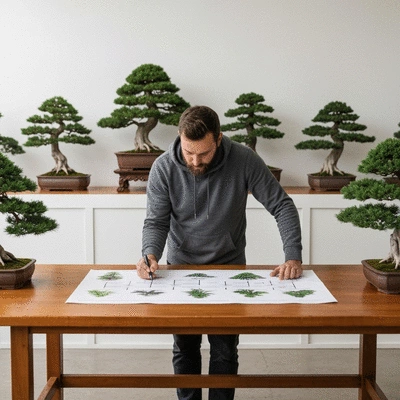
Next Steps: Resources for Further Learning and Support
Continuing your bonsai education is essential for growth—both for your trees and your skills. At Shire Bonsai, we are dedicated to providing you with the resources you need to dive deeper into the world of bonsai. Here are some practical next steps:
- Explore our detailed articles on specific bonsai care techniques.
- Join our online forums to ask questions and share your experiences with other enthusiasts.
- Participate in our upcoming workshops for hands-on learning.
- Follow our social media channels for tips, updates, and community stories.
Each of these resources can guide you as you continue to learn about bonsai cultivation and connect with fellow lovers of this art form. Remember, every expert was once a beginner!
Engaging with the Bonsai Community
One of the most rewarding aspects of bonsai cultivation is being part of a community that shares your passion. Engaging with others can provide insights, inspiration, and support as you navigate your bonsai journey.
Connecting with Experts for Personalized Guidance
Having access to experts can significantly enhance your knowledge and skills. I encourage you to reach out to seasoned bonsai practitioners who can offer personalized advice tailored to your specific trees. This direct interaction can make a world of difference in your cultivation journey!
Here are some ways to connect with bonsai experts:
- Attend local bonsai events or exhibitions.
- Participate in online webinars or Q&A sessions.
- Follow expert bonsai artists on social media for tips and trends.
Sharing Your Identification Journey: How to Get Involved
Sharing your bonsai identification journey is not only fulfilling, but it also contributes to the growth of our bonsai community! You can inspire others by showcasing your experiences, challenges, and successes.
Getting Involved with Bonsai Clubs and Workshops
Joining a local bonsai club is a fantastic way to meet like-minded enthusiasts. Clubs often host workshops where you can learn from experienced members and participate in group projects. This hands-on approach deepens your understanding and fosters friendships!
Participating in Bonsai Exhibitions and Shows
Exhibitions are a wonderful way to display your bonsai creations and see the work of others. Engaging in these events will not only give you insights into different species but also allow you to connect with potential mentors and fellow bonsai lovers. Plus, it’s a great opportunity to receive feedback on your work! Don't forget to check out our guide on preparing your bonsai for exhibition.
Recap of Key Points
Here is a quick recap of the important points discussed in the article:
- Identifying your bonsai tree species is crucial for tailored care and enhancing its health.
- Visual identification techniques, such as examining leaf shape and bark texture, are essential for accurate species recognition.
- Utilizing resources like visual guides and online tools can simplify the identification process and enhance your learning experience.
- Understanding seasonal changes in your bonsai can aid in identification and care adjustments.
